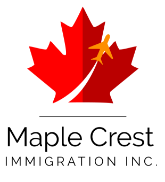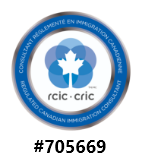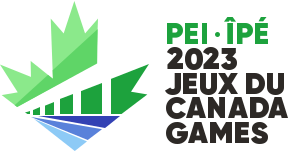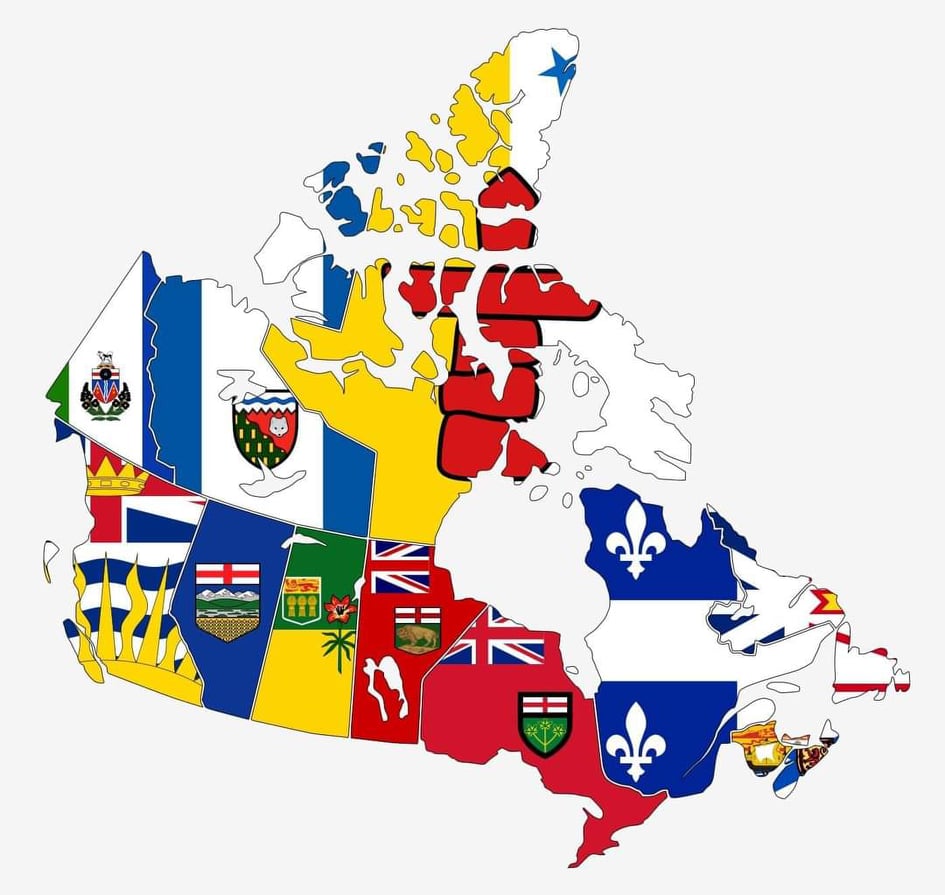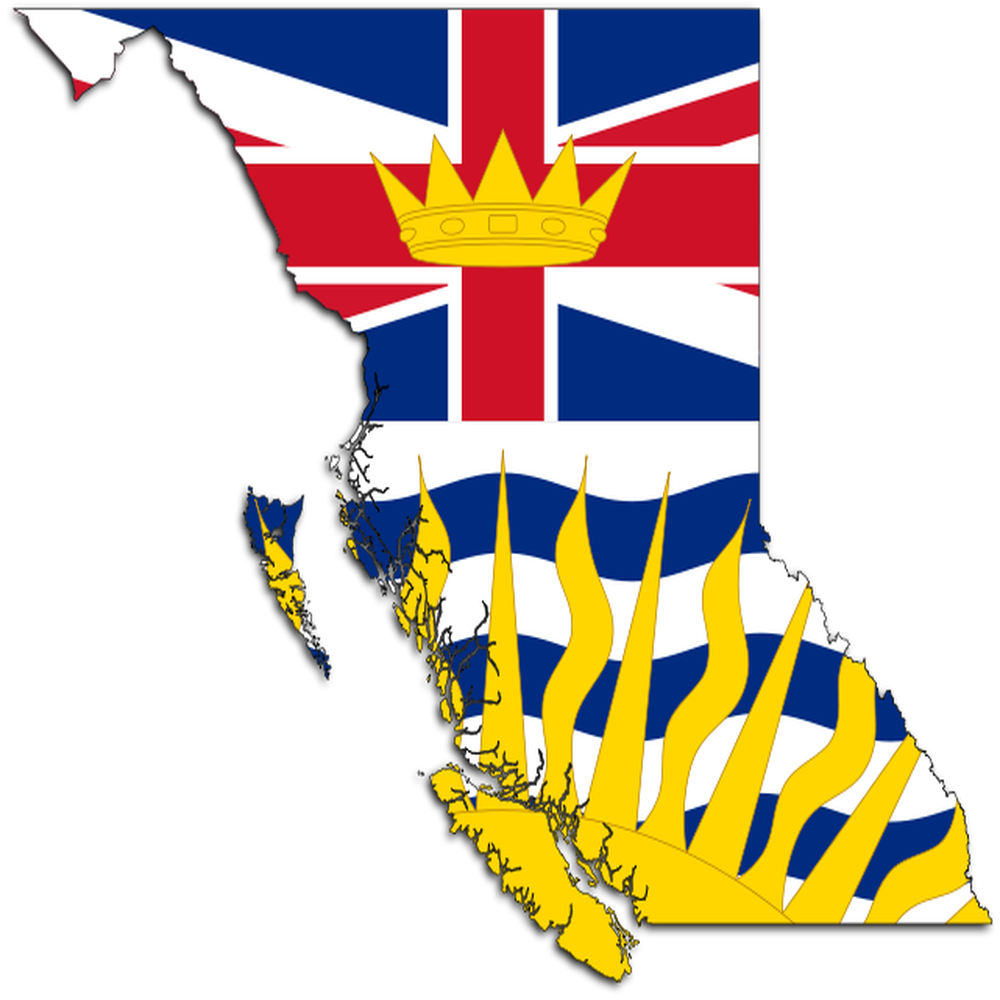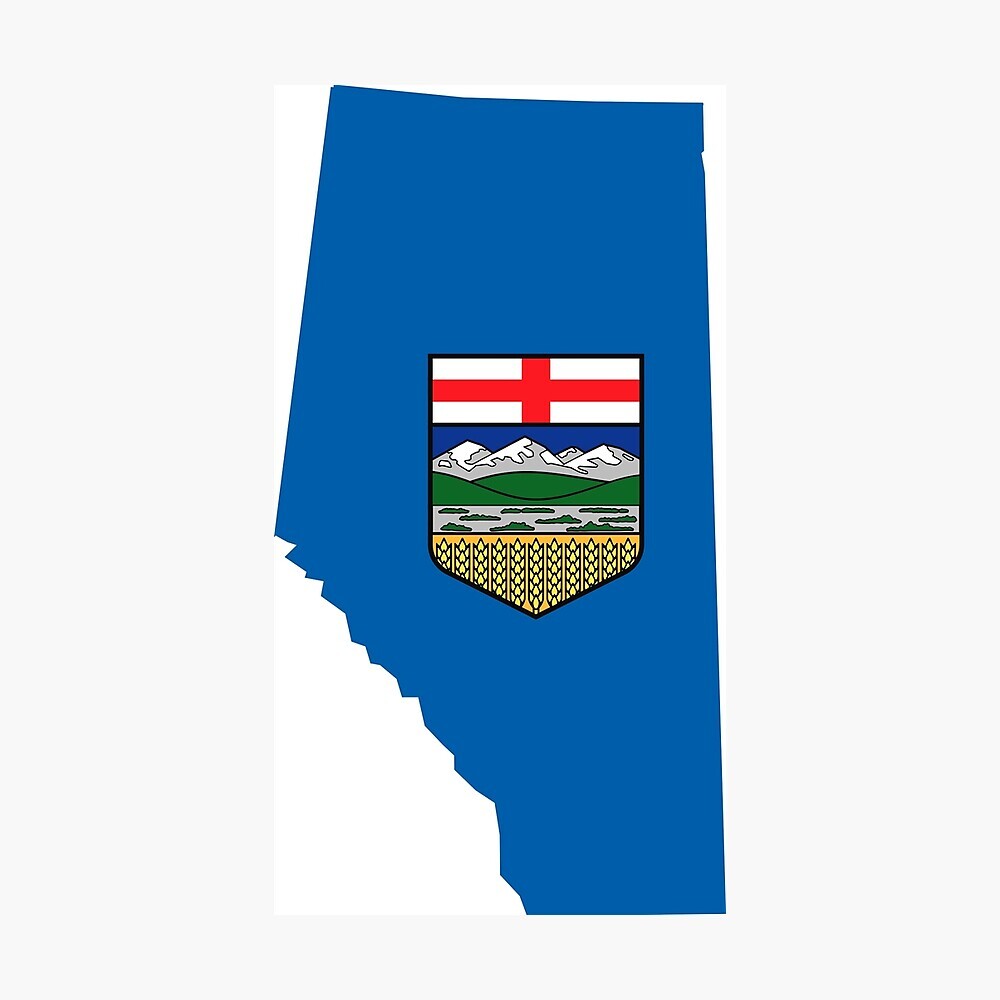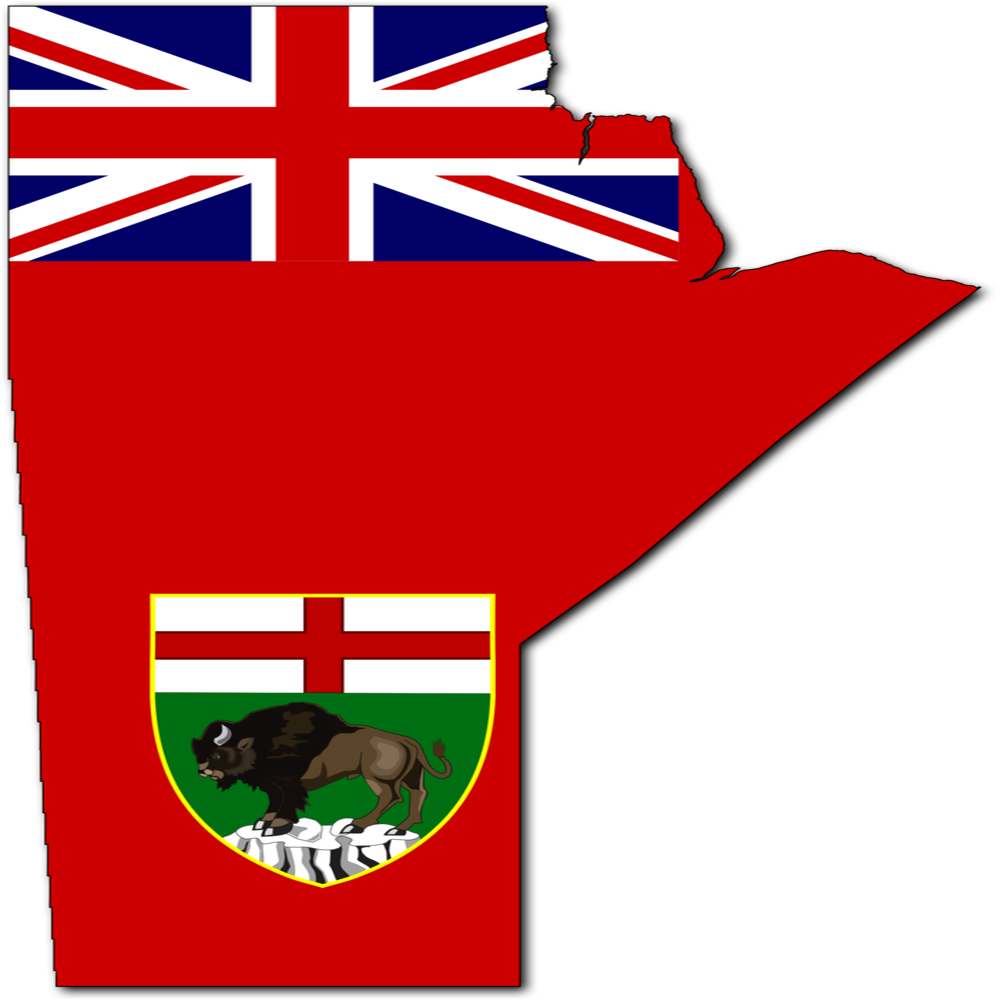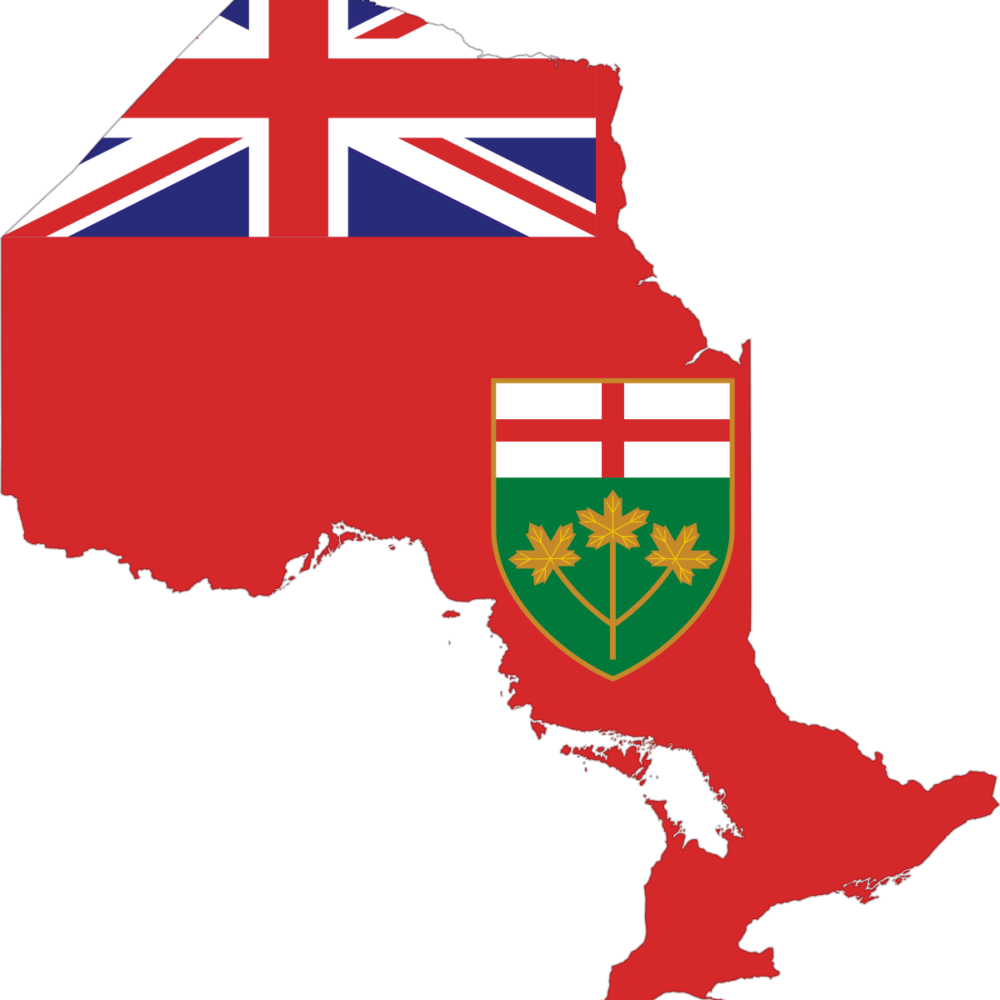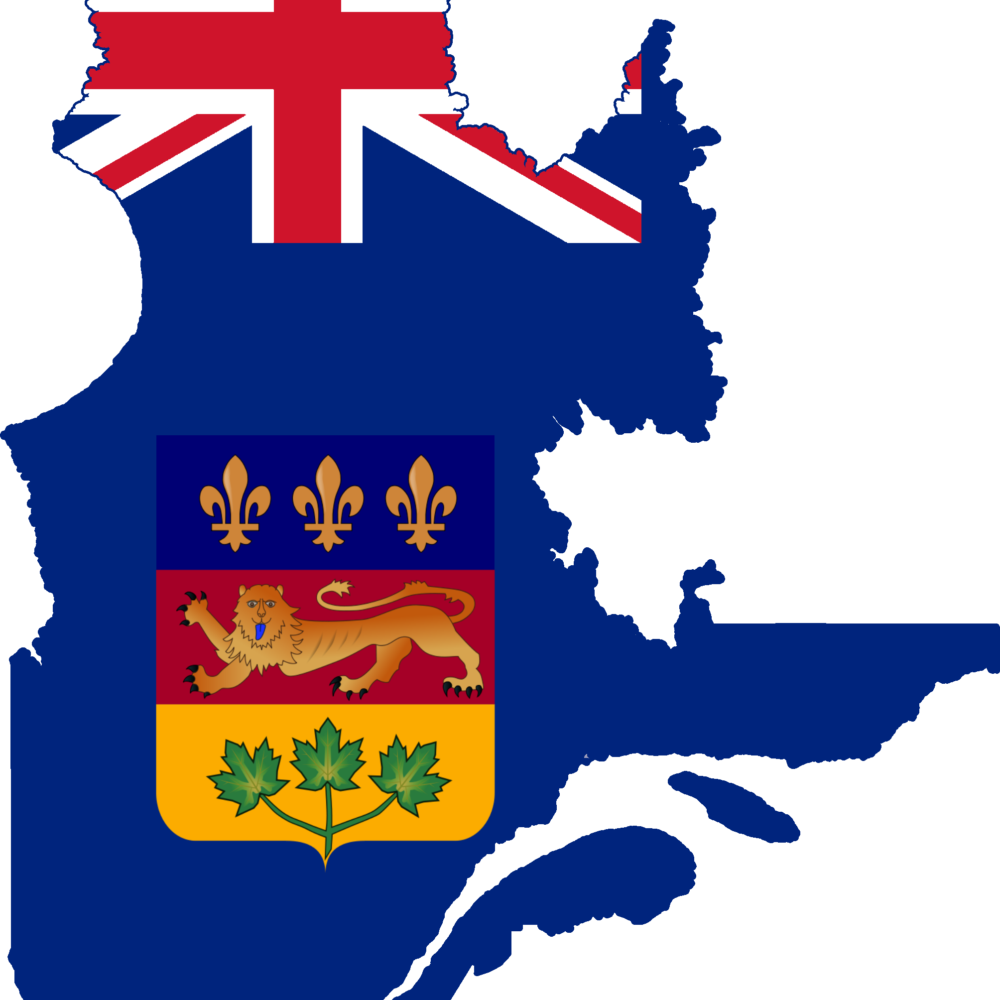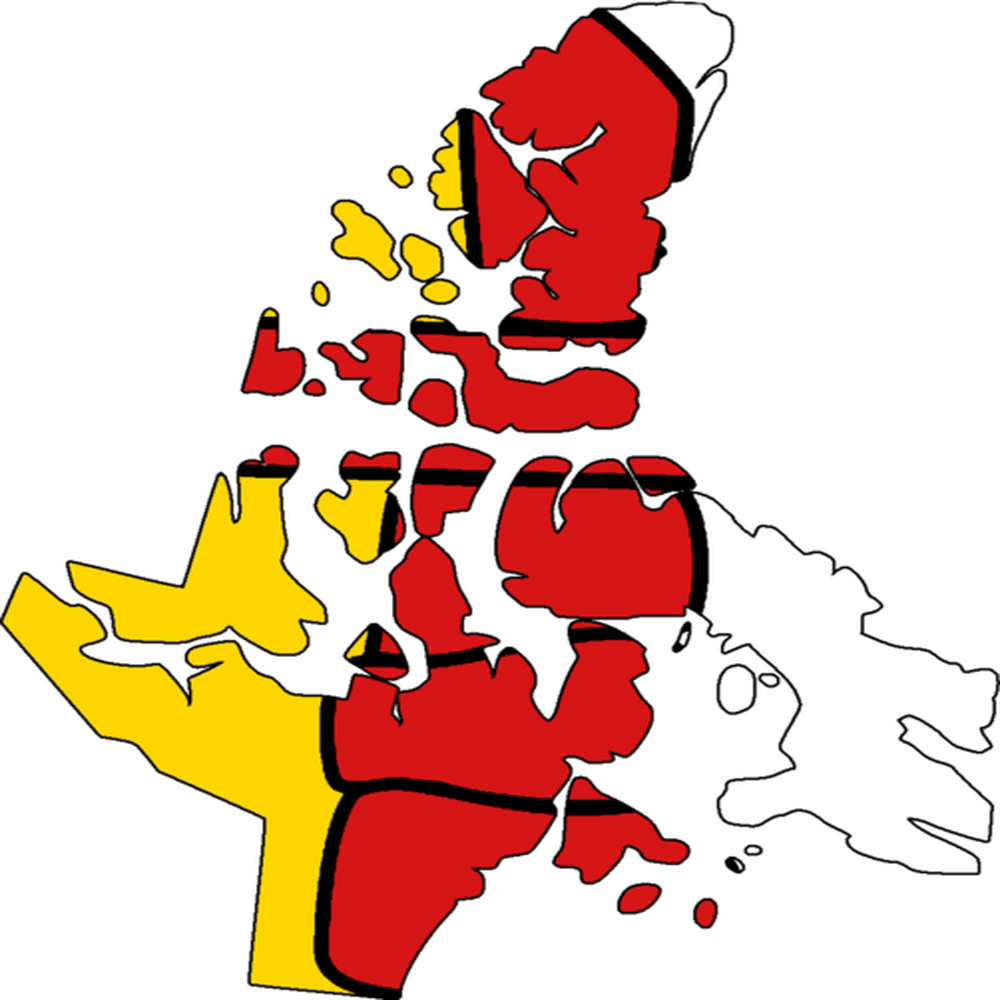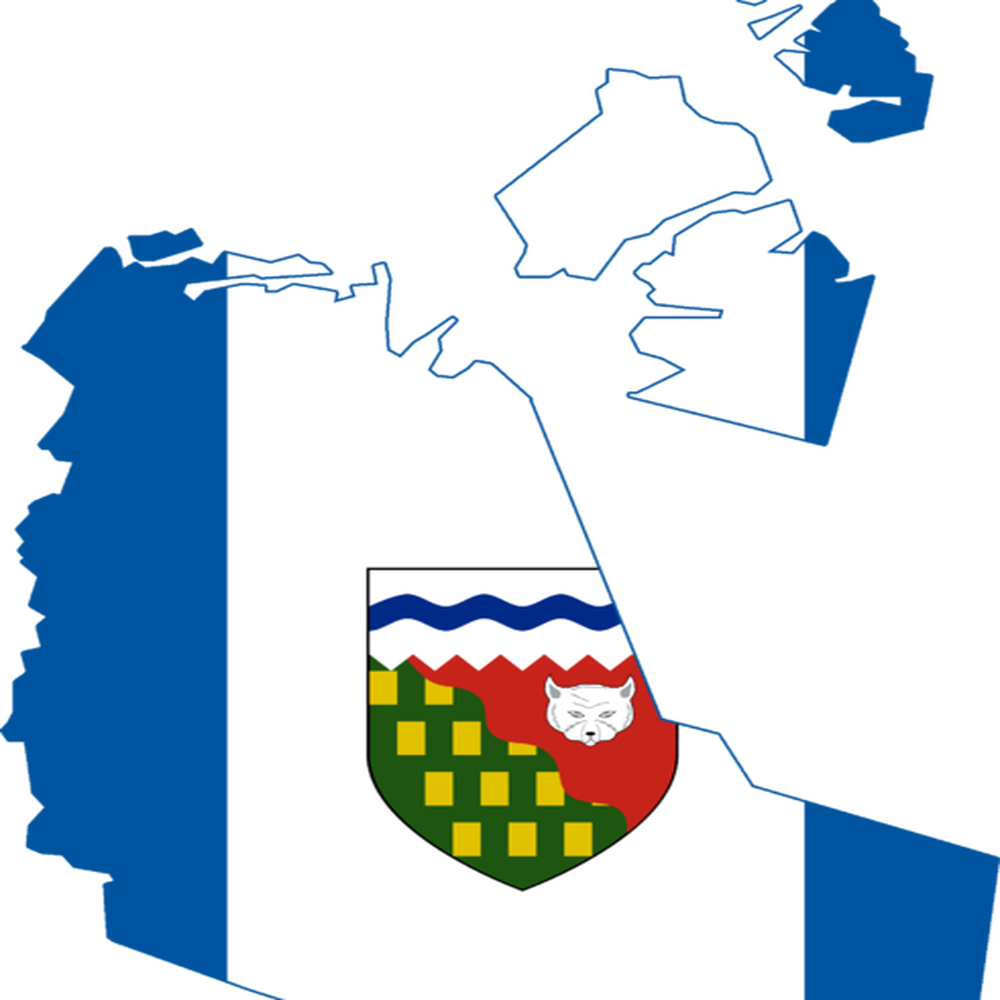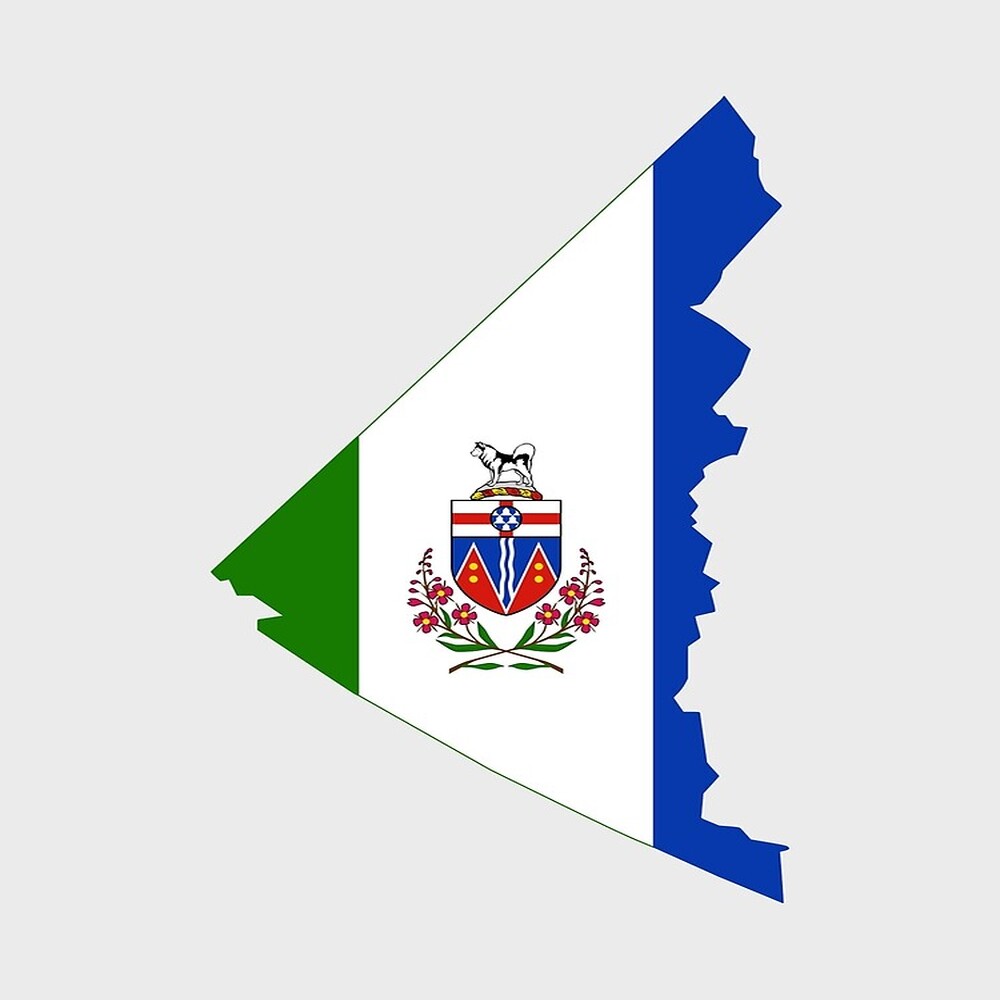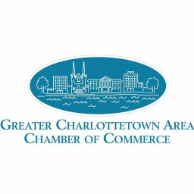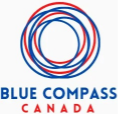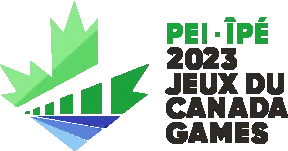British Columbia
British Columbia, Canada’s westernmost province, is defined by its Pacific coastline and mountain ranges. Nature areas like Glacier National Park offer hiking and biking trails, as well as campgrounds. Whistler Blackcomb is a major ski resort that hosted the 2010 Winter Olympics. The scenic Sea-to-Sky Highway links Whistler with Vancouver, a city known for its film industry, at the province’s southern U.S. border. ― Google
Area: 944,735 km²
Population: 5.071 million (2019) StatCan
Capital: Victoria
Capital: Victoria
Alberta
Alberta is a province in Western Canada. Its landscape encompasses mountains, prairies, desert badlands and vast coniferous forests. It has more than 600 lakes, and rich mineral deposits. In the west, the Canadian Rocky Mountain Parks have glaciers in the Columbia Icefields. The Waterton Glacier International Peace Park is a biosphere reserve that straddles the southern border with the USA. ― Google
Population: 4.371 million (2019) StatCan
Capital: Edmonton
Capital: Edmonton
Destinations: Calgary, Banff, Edmonton, Lake Louise, Jasper, MORE
Points of interest: Moraine Lake, Fairmont Banff Springs, MORE
Saskatchewan
Saskatchewan is a Canadian province that borders the United States to the south. Grassland covers its southern plains, and to the north are the rugged rock of the Canadian Shield plateau, coniferous forests, rivers and lakes. Regina, the provincial capital, is home to the Royal Saskatchewan Museum, with exhibits on natural history and the people of Canada’s First Nations. ― Google
Area: 651,900 km²
Population: 1.174 million (2019) StatCan
Capital: Regina
Points of interest: Grasslands National Park, MORE
Manitoba
Manitoba is a Canadian province bordered by Ontario to the east and Saskatchewan to the west. Its landscape of lakes and rivers, mountains, forests and prairies stretches from northern Arctic tundra to Hudson Bay in the east and southern farmland. Much wilderness is protected in more than 80 provincial parks, where hiking, biking, canoeing, camping and fishing are all popular. ― Google
Area: 647,797 km²
Population: 1.369 million (2019) StatCan
Capital: Winnipeg
Destinations: Winnipeg, Churchill, Riding Mountain National Park, MORE
Points of interest: Canadian Museum for Human Rights, MORE
Ontario
Ontario is a province in east-central Canada that borders the U.S. and the Great Lakes. It’s home to Ottawa, Canada’s capital, known for Parliament Hill’s Victorian architecture and the National Gallery, featuring Canadian and indigenous art. Toronto, Ontario’s capital, is home to the 553m-high CN Tower, with expansive views from its revolving restaurant, as well as High Park, site of a rare oak savannah habitat. ― Google
Area: 1.076 million km²
Population: 14.57 million (2019) StatCan
Capital: Toronto
Destinations: Toronto, Ottawa, Niagara Falls, Hamilton, Kingston, MORE
Points of interest: CN Tower, Royal Ontario Museum, MORE
Québec
Québec is a predominantly French-speaking province in eastern Canada with 2 vibrant cities in its south, connected by the Chemin du Roy highway along the Saint Lawrence River. The metropolis Montréal is named after Mt. Royal, the triple-peaked hill at its heart. Dating to 1608, Québec City retains its old colonial core, Place Royale, and historic harbor, Vieux Port, now known for nightlife. ― Google
Area: 1.668 million km²
Population: 8.485 million (2019) StatCan
Capital: Quebec City
Premier: François Legault
Destinations: Montreal, Quebec City, Adirondack Mountains, MORE
Northwest Territories
Ontario is a province in east-central Canada that borders the U.S. and the Great Lakes. It’s home to Ottawa, Canada’s capital, known for Parliament Hill’s Victorian architecture and the National Gallery, featuring Canadian and indigenous art. Toronto, Ontario’s capital, is home to the 553m-high CN Tower, with expansive views from its revolving restaurant, as well as High Park, site of a rare oak savannah habitat. ― Google
Area: 1.076 million km²
Population: 14.57 million (2019) StatCan
Capital: Toronto
Destinations: Toronto, Ottawa, Niagara Falls, Hamilton, Kingston, MORE
Points of interest: CN Tower, Royal Ontario Museum, MORE
Yukon
Québec is a predominantly French-speaking province in eastern Canada with 2 vibrant cities in its south, connected by the Chemin du Roy highway along the Saint Lawrence River. The metropolis Montréal is named after Mt. Royal, the triple-peaked hill at its heart. Dating to 1608, Québec City retains its old colonial core, Place Royale, and historic harbor, Vieux Port, now known for nightlife. ― Google
Area: 1.668 million km²
Population: 8.485 million (2019) StatCan
Capital: Quebec City
Premier: François Legault
Destinations: Montreal, Quebec City, Adirondack Mountains, MORE
